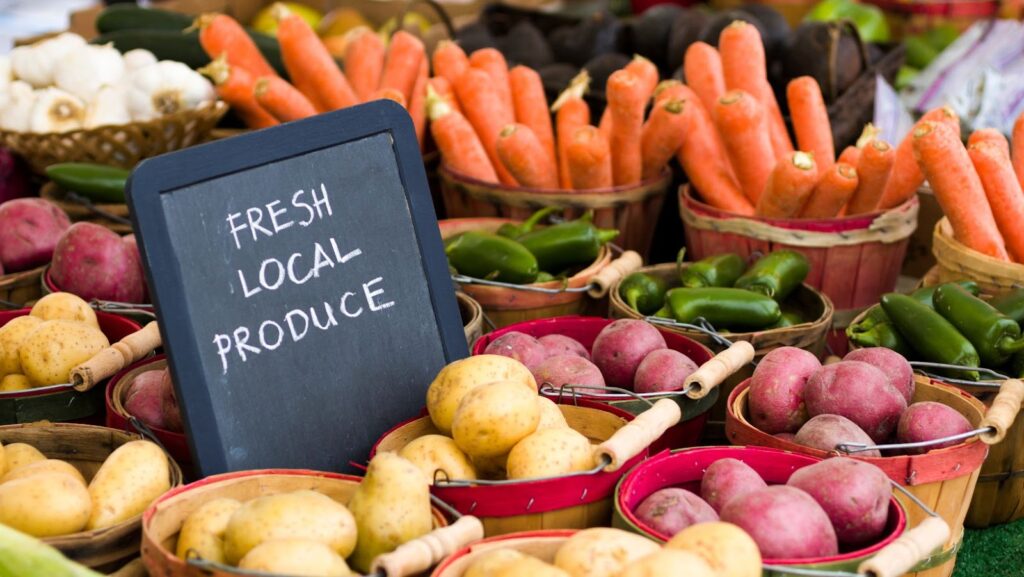
Cold chain logistics refers to packing fresh produce, loading it, shipping it, and unloading it while maintaining the right temperature and minimizing any damage to the produce. It’s become an increasingly complex operation as more people expect fresh produce daily and are willing to pay for it.
Cold chain logistics can apply to various products, but it is most common in the food industry and medical and pharmaceutical sectors.
To provide the best possible produce, you must adopt the best cold chain logistics management practices.
Products Must Be Prepared Before Shipping
The shipping process is designed to maintain the temperature of all items during transit. In other words, lorries can maintain a temperature, but they can’t do that if they also need to chill the items.
Before any cold produce can be shipped, it must be lowered to the correct temperature and packed properly to help maintain that temperature while moving between storage and transport.
It’s essential to get this stage right, or the produce can be damaged before it starts its journey.
The Right Transport
There is only one way to ship cold produce, and that’s with refrigerated transport. It is possible to use a freight train. However, considering the additional logistics involved in getting the produce to and from train stations, it is generally better to opt for refrigerated road transport. In addition, it’s easier to ensure the goods are loaded correctly and to check them on the other end.

You can even add temperature monitors to individual parcels to ensure the produce has stayed in the right temperature range while in transit.
The Right Company
There are plenty of firms offering to transport cold goods. But, you need a refrigerated transport firm you can trust. That means checking the firm’s reputation and ensuring they generally get the goods where they need to be, on time, and still in great condition.
Verifying this is surprisingly easy. Talk to colleagues and check social media. You’re certain to find some opinions about a specific transport firm
Technology Aids Continual Assessment
Placing monitoring devices on each parcel will help the receiver verify the produce has stayed within the right range. But, most refrigerated trucks are now equipped with temperature sensors linked to wi-fi. This allows the temperature to be monitored in the cab and even at the shipping company’s headquarters. In some cases, you can even track the temperature.

This helps ensure the correct temperature is maintained, or action is taken if the temperature starts to move toward either edge of the range.
The End Game
It’s essential to remember the off-loading of fresh produce. The same procedures need to be followed as on loading. This includes getting the produce back into the fridge until needed.
Ensuring all staff are fully trained at each end of the process makes it more likely that the fresh produce will stay fresh.











